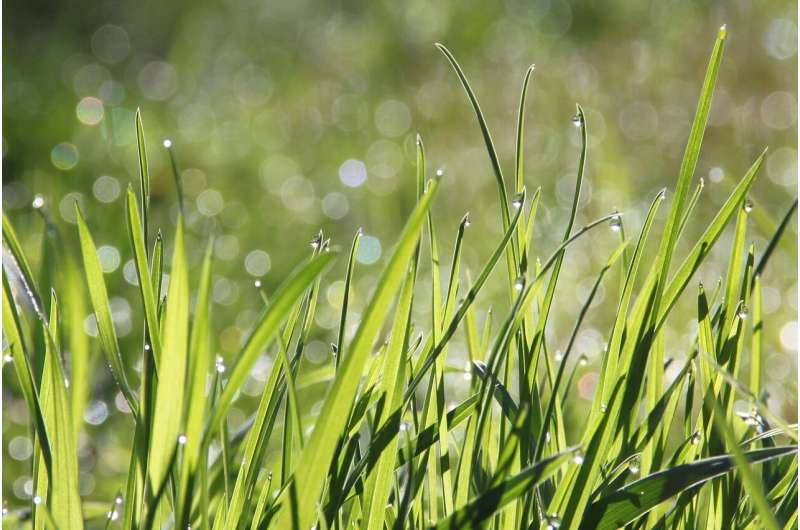Grass replaces plastic in take-away food packaging

Grass fibers can replace plastic as a 100% biodegradable and disposable material for packaging for take-away food. This is the goal of the new innovative project SinProPack, which aims to develop a sustainable alternative to the disposable plastics currently used for packaging.
The project is bringing together industry, consumers and knowledge institutions to develop, demonstrate, test and evaluate fiber-based packaging for to-go food via proof-of-concept, pilot-scale trials and industrial upscaling.
"Disposable packaging made of grass brings a lot of environmental benefits. The packaging will be 100% biodegradable, so if someone accidentally drops their packaging in nature, it will decompose naturally," says Anne Christine Steenkjær Hastrup, center director at Danish Technological Institute, who is coordinating the project.
Every year, Denmark consumes more than 10,000 tons of packaging for take-away food and drinks. Replacing 10,000 tons of disposable plastic with a corresponding quantity of bio-based and biodegradable packaging will reduce carbon emissions from packaging production by approximately 210,000 tons CO2 annually.
The project will form a basis for a paradigm shift in packaging solutions by introducing and demonstrating the possibilities of using green biomass for single-use packaging for food products, as well as a sustainable bioeconomy business model for the technology.
Green biomass is an easily accessible resource in Denmark, and green biorefining for protein production is already of considerable interest because of the proven high biomass yields, environmental effects and the potential to use untapped biomass from unproductive low-lying areas such as meadows.
"After we harvest the grass and extract the protein for animal feed, we can refine and pulp the grass fibers for cellulose, from which we can produce packaging. In this way, we can use and up-value a side stream from protein production. It's a great way to create added value for biorefining, as not all grass fiber can necessarily be used as cattle feed," says Assistant Professor Morten Ambye-Jensen from the Department of Biological and Chemical Engineering at Aarhus University.
Fibers constitutes approximately 70 percent of the grass fed into biorefining after protein has been extracted.
In the SinProPack project, the researchers will look at both grass and clover as fiber sources, as clover will be the primary biomass for future green biorefineries. However, the project will also take a closer look at the possibilities of using biomass harvested from peat soil, which is usually more fibrous and contains less protein.
The project entails testing and demonstrating the technology in the demo and pilot facilities at Aarhus University and Danish Technological Institute, and the company LEAF Packaging that already produce and manufacture 100% biodegradable fiber packaging for the food industry, will test and prove the grass fiber efficiency, stability and moldability on an industrial scale.
The project has received 3.3 MDKK (EUR 440K) in funding from the green development and demonstration program, GUDP, under the Danish Agricultural Authority.
Provided by Aarhus University





















